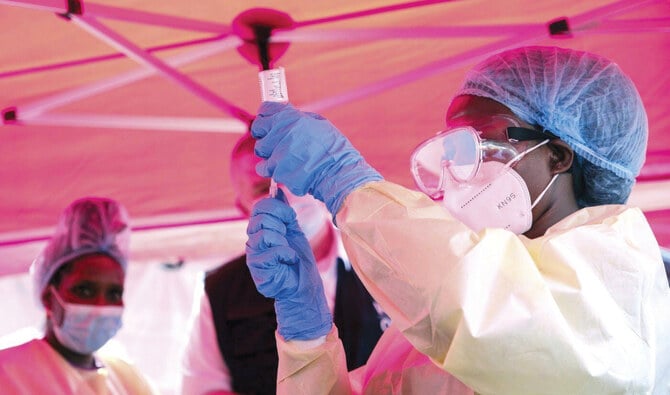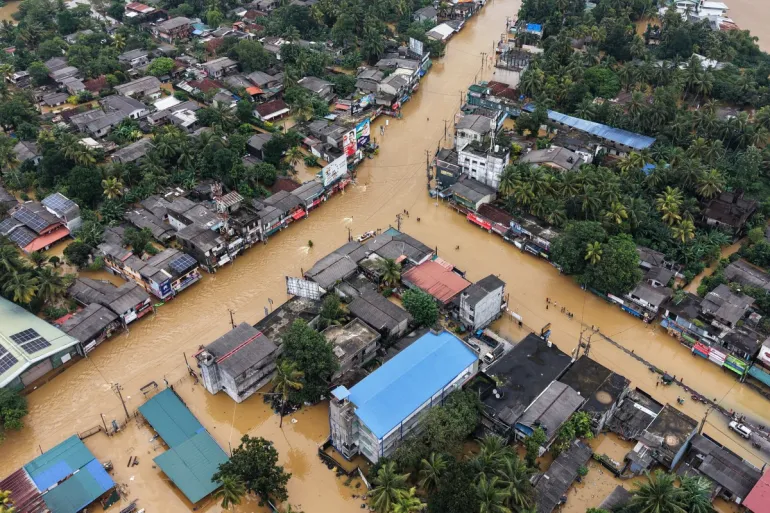The number of confirmed Ebola cases in Uganda has risen to nine, with 265 individuals under quarantine, health authorities announced on Tuesday.
Among the nine cases is the first victim, a male nurse who died on January 30, a day before the outbreak was officially declared. He remains the only fatality so far. The Health Ministry stated that the eight remaining patients are receiving medical care and are in stable condition.
Seven of the patients are being treated at Mulago National Referral Hospital in the capital, Kampala, while one is receiving care in the eastern district of Mbale. Health officials assured the public that the situation is under control, with heightened surveillance measures in place.
The deceased nurse had initially sought treatment in Kampala before traveling to Mbale, where he was admitted to a public hospital. Authorities revealed that he had also consulted a traditional healer before his death, and some of his family members are now among those infected.
Kampala, a densely populated city of around four million people, presents a challenge for health officials working to contain the virus. The exact source of the outbreak remains under investigation, and contact tracing efforts are ongoing to prevent further spread.
Currently, there are no approved vaccines for the Sudan strain of Ebola responsible for the outbreak. However, Ugandan health authorities have launched a clinical study to assess the safety and efficacy of a trial vaccine as part of their containment measures.
Uganda’s last Ebola outbreak, which began in September 2022, resulted in at least 55 deaths before being declared over four months later. The virus spreads through contact with bodily fluids of an infected person or contaminated materials, causing symptoms such as fever, vomiting, diarrhea, muscle pain, and in some cases, internal and external bleeding.
Ebola was first discovered in 1976 during simultaneous outbreaks in South Sudan and the Democratic Republic of Congo, the latter occurring in a village near the Ebola River, from which the disease gets its name.
Among the nine cases is the first victim, a male nurse who died on January 30, a day before the outbreak was officially declared. He remains the only fatality so far. The Health Ministry stated that the eight remaining patients are receiving medical care and are in stable condition.
Seven of the patients are being treated at Mulago National Referral Hospital in the capital, Kampala, while one is receiving care in the eastern district of Mbale. Health officials assured the public that the situation is under control, with heightened surveillance measures in place.
The deceased nurse had initially sought treatment in Kampala before traveling to Mbale, where he was admitted to a public hospital. Authorities revealed that he had also consulted a traditional healer before his death, and some of his family members are now among those infected.
Kampala, a densely populated city of around four million people, presents a challenge for health officials working to contain the virus. The exact source of the outbreak remains under investigation, and contact tracing efforts are ongoing to prevent further spread.
Currently, there are no approved vaccines for the Sudan strain of Ebola responsible for the outbreak. However, Ugandan health authorities have launched a clinical study to assess the safety and efficacy of a trial vaccine as part of their containment measures.
Uganda’s last Ebola outbreak, which began in September 2022, resulted in at least 55 deaths before being declared over four months later. The virus spreads through contact with bodily fluids of an infected person or contaminated materials, causing symptoms such as fever, vomiting, diarrhea, muscle pain, and in some cases, internal and external bleeding.
Ebola was first discovered in 1976 during simultaneous outbreaks in South Sudan and the Democratic Republic of Congo, the latter occurring in a village near the Ebola River, from which the disease gets its name.


















